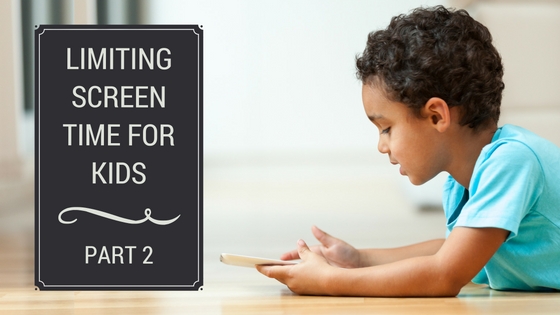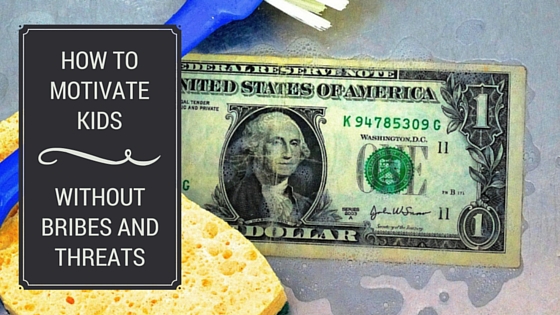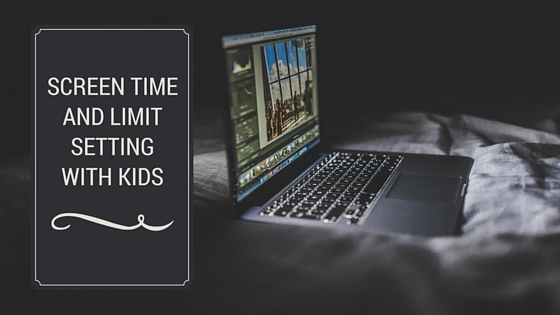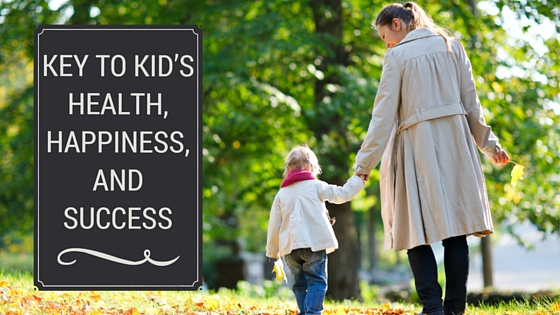In a previous post, we had some thoughts about how our kids’ gaming was impacting our relationship with them and we talked about some child development and parenting research on setting healthy video game limits.
This post is about what we learned from a wacky experiment we did to try to teach our then 8-year-old daughter to self-regulate and have balance with the video games in her life.
At that time, we recognized that the gaming problem in our family was not caused by the video games themselves, but by a lack of balance between games and other activities.
We’ll tell you the story about how it all turned out. But first, some context…
Our daughter was 8 years old at the time–old enough to have some impulse control abilities (albeit imperfect). It was during the summer, which made it both easier and harder: easier because summertime meant she didn’t have homework to do every day, and harder because we were both working from home at the time and we couldn’t always be available to entertain her. Plus, we also lived far away from her friends, and there weren’t kids in the neighborhood that she could play with.
An Aside: In our experience as classroom teachers, we frequently saw that kids are often able to control their impulses and regulate themselves more than they are usually given credit for, or the opportunity to do. We also knew that kids learn through trial and error, especially when they have adults they can bounce ideas off of, and problem-solve together.
The Unlimited Video-Game Time Experiment:
Our first step was for Jason and I to get clear about what we valued as a family.
We figured out that the things that we want our children to do fall into 6 basic categories: Social, Creative, Physical, Academic, Contributing to the House, and Self-care (your categories may be different depending on your family’s values).
Second, each morning she made a plan for herself, choosing ONE thing she would do in each category.
She wrote down her plan and put it up on the refrigerator.
Here are examples of the activities she could choose from. (Your categories and activities will likely be different. This is just to get you thinking.)
- Social: having a play date with a peer, talking on the phone, setting up a play date for the future
- Creative: pastels, writing in her journal, drawing pictures of dragons, writing a story
- Physical: riding her bike, swimming at the pool, roller skating, walking in the park
- Academic: practicing her multiplication tables, reading (or homework if it was during schooltime)
- Contributing to the House: cleaning her room, cleaning the bathroom, taking out the trash, sweeping, vacuuming
- Self-Care: taking a shower, listing healthy foods that she was going eat for lunch or dinner
Third, she followed her plan, monitoring her own time during the day, with minimal support.
She played video games at any time during the day, a really important detail. This wasn’t an “if you do this, then you get that” proposition. Video games were not a “reward” for her getting her “work” done first.
The message we wanted for her to understand was: “We think you are old enough to start monitoring yourself. We are not expecting perfection, but we do want you to work towards making screentime just one of the many valuable, useful, rewarding things that you enjoy and get done each day.”
And there was a limit: She needed to keep the same bedtime and get all the things done in her plan. The result was that she began to regulate herself.
NOTES: This strategy could be easily modified for families with younger or older children, or for kids that need more or less support.
Fourth, if she didn’t get her plan done during the day we’d ask her what she was going to do differently the next day.
This way she was building her executive function and self-regulation skills through trial and error, and trying out new strategies every time she “failed”. The stakes were pretty low, because it was summertime and she had no homework, the “worst thing” that could happen was she spent a lot of time on a screen for one day.
Here is what we learned from the experiment after 2 weeks:
- Conflicts about video games disappeared overnight. Not only did the parent-child power struggles go away, but the internal conflict that I was feeling about her video game time went away too, because she was balancing how she spent her time and self-regulating. We all felt better about our relationship because a major cause for arguments–her sneaking games and us monitoring it–had gone away. We all experienced more harmony, less stress, and more freedom.
- The amount of time she spent playing video games decreased. Since introducing unlimited game time, she frequently played less than she used to. This is probably because she spent more time setting up playdates and playing with her friends.
- She built some executive function skills and learned to better regulate her video gaming. She had to monitor her time and plan her activities during the day. As would be expected, she did not accomplish this perfectly every day. After a couple of days in which she didn’t complete her plan, together we agreed that she’d do a day of no video games over the weekend. Without a single complaint, she chose which day to take a break from gaming. This consequence was something that we had worked out together, in a conversation, and she had some input about it.
- This approach–coming up with a daily plan–gave us a lot of flexibility. We can change the categories in the plan as our family changes, as she enters into the school year, and as she grows (and outgrows this level of support).
If you have questions or if you’ve tried something similar (or different) in your family to teach balance and self-regulation with gaming, leave us a comment in the section below and let us know how it went.










I bought a tablet for my daughter when she was 2 because we lived in an isolated place and she was in the car for long periods of time so I thought this might help make the long drives more pleasant for both of us.
I never imposed limits with it and she was pretty obsessed for about 6 months. Now at 3 she hardly uses it at all. Recently we went through the same thing with watching cartoons on you tube (we don’t have TV) Again, I let her choose when and how much (yes it bugs me sometimes, but it’s her life not mine) and again after a while the novelty wore off. She still likes watching cartons and playing games but has balance and equally enjoys her blocks and Lego and outdoor play. And she is only 3.
Wow, that’s great, Linda! Sounds like she already has balance and self regulation skills!
Ah yes, Shannon, thanks for clarifying. Yes, for a homeschooler the “Academic” part of the plan would have more details–probably some subcategories! :)
The balance between guidance and structure with a “technology plan” will vary a lot depending on the needs/age/skills of the child, the family, the situation, etc. In order for kids to learn how to self-moderate there needs to be a time when they might fail at moderation. We all fall down–a lot of times–before we learn walk. If we think of “learning how to moderate technology use” in the same way that we help kids learn how to drive a car… as a process that goes on for years (first they get their permit, learn in a parking lot, then on city streets, then get their license but its a provisional one, etc) There are a lot of steps that minimize risk but still allow kids to fail and kids still get increasingly more responsibility at each step.
Thank you, Cecilia. I’m going to make out a plan this weekend with my sons’ input and see if we can come together on a plan. Wish me luck!!
Good luck, Shannon!
Shannon, hmm interesting question. I’m not sure the plan would change that much because my goals would still be the same–balance, self awareness and self regulation. But don’t do anything until you’ve worked through your visceral reactions! :) Wait until you can feel really good about it first… xox
It sounds like you are having great conversations with your son, to build his self awareness and regulation skills. Build into your conversations some questions about what he’s noticed about the plan? Is it working for him? Do changes need to be made? Does a limit still need to be put into place? And continue to experiment! We too have avoided the apps that shut down the iPad. It’s more work to have the conversations, but the learning is worth it!
I wish this would work for us. We have a special needs child who is obsessed with media of all kinds. After reading the article I tried again, but the iPad was again a trigger. He had great difficulty stopping the play once he started, even to go to an activity he had been looking forward to. And his mood is still volatile after several days.
Terri, our daughter–the one in the article–has ADHD and we developed this approach specifically for her so that she would develop some self regulation skills. Maybe you need to adapt it more for your situation, but this approach could be something you work toward for the future.
This sounds great! My son has ADHD and he also struggles with transitioning away from things, especially electronics. I’ll try this! What did you do when let’s say, at the end of the day, your child didn’t spend enough time in another area?
We talk about it… “I noticed you didn’t get to this part of your plan today. What are you going to do differently tomorrow?”
Cecilia, I loved part 1 and as someone who allows my own 11yo (practically) unlimited screen time, I braced myself for part 2 after reading your preface! I needn’t have. I love the system you’ve put in place. The only (semi) screen rules in our house are that we encourage my son to put devices away by 830pm, and we don’t use devices during family dinners. Removing most restrictions is the only way we’ve found to eliminate the stress of scarcity. It’s plain to me that my son learns heaps playing games, and like you my only concern is that his other needs are met. We don’t have as organised a system as you, but we take a similar approach by conversationally talking about his other needs. My 12 yo daughter, on the other hand, doesn’t have any screen time limits – not because she’s older but because she chooses to fill her week with sport, social and academic activities. (Both my kids are unschooled, btw.) I completely agree that a relaxed approach to screen time is key to kids learning how to regulate themselves. (PS Thank you again for an amazingly inspiring conference!)
The stress of scarcity does create results that we don’t want. Just like kids who are concerned that they might not get enough food to eat, they overeat to protect themselves. We don’t want to encourage over eating or “over screening”!